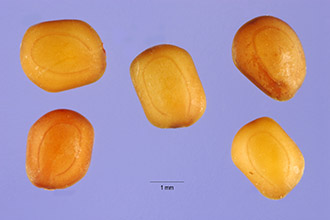Color scientists are notorious for surrounding themselves in gray in order not to pollute their retinas with after-images. Typically, the desktop background on their PC is gray so they can make unbiased color judgements.
Color scientists do not spend their day looking at pretty color images. Most of it is spent writing software implementing color rendering algorithms; sometimes they even do some research to come up with new algorithms. There is no imperative need for a gray desktop background.
Recent research by Ravi Mehta and Rui (Juliet) Zhu at the Sauder School of Business, University of British Columbia suggests color scientists should change their PC's desktop to blue when they are conducting research and to red when programming.
From a series of six studies reported in Science 27 February 2009: Vol. 323. no. 5918, pp. 1226 - 1229, they conclude that although people have an overall preference for blue versus red color, red can be beneficial when the focal task requires detailed attention.

Red is often associated with dangers and mistakes. They report, claims have been made linking the color red to the highest level of hazard and also the highest level of compliance. In contrast, blue is often associated with openness, peace, and tranquility (e.g., ocean and sky). A word association test confirmed that people indeed generate these different associations to red versus blue color in the cognitive task domain.
[Note that the red and blue may have different associations across cultures. Just replace the color names appropriately.]
Metha and Zhu propose that these different associations related to red versus blue color can induce alternative motivations. Specifically, red, because of its association with dangers and mistakes, should activate an avoidance motivation, which has been shown to make people more vigilant and risk-averse. Thus, red, compared with blue, should enhance performance on detail-oriented tasks.
In contrast, because blue is usually associated with openness, peace, and tranquility, it is likely to activate an approach motivation, because these associations signal a benign environment that encourages people to use innovative as opposed to "tried-and-true" problem-solving strategies. Indeed, an approach motivation has been shown to make people behave in a more explorative, risky manner. Thus, blue versus red should enhance performance on creative tasks.
Indeed, their study shows that red (versus blue) can activate an avoidance (versus approach) motivation and subsequently can enhance performance on detail-oriented (versus creative) cognitive tasks. When the task on hand requires people's vigilant attention (e.g., programming), then red might be particularly appropriate. However, if the task calls for creativity and imagination (e.g., a new product idea brainstorming session), then blue would be more beneficial.











